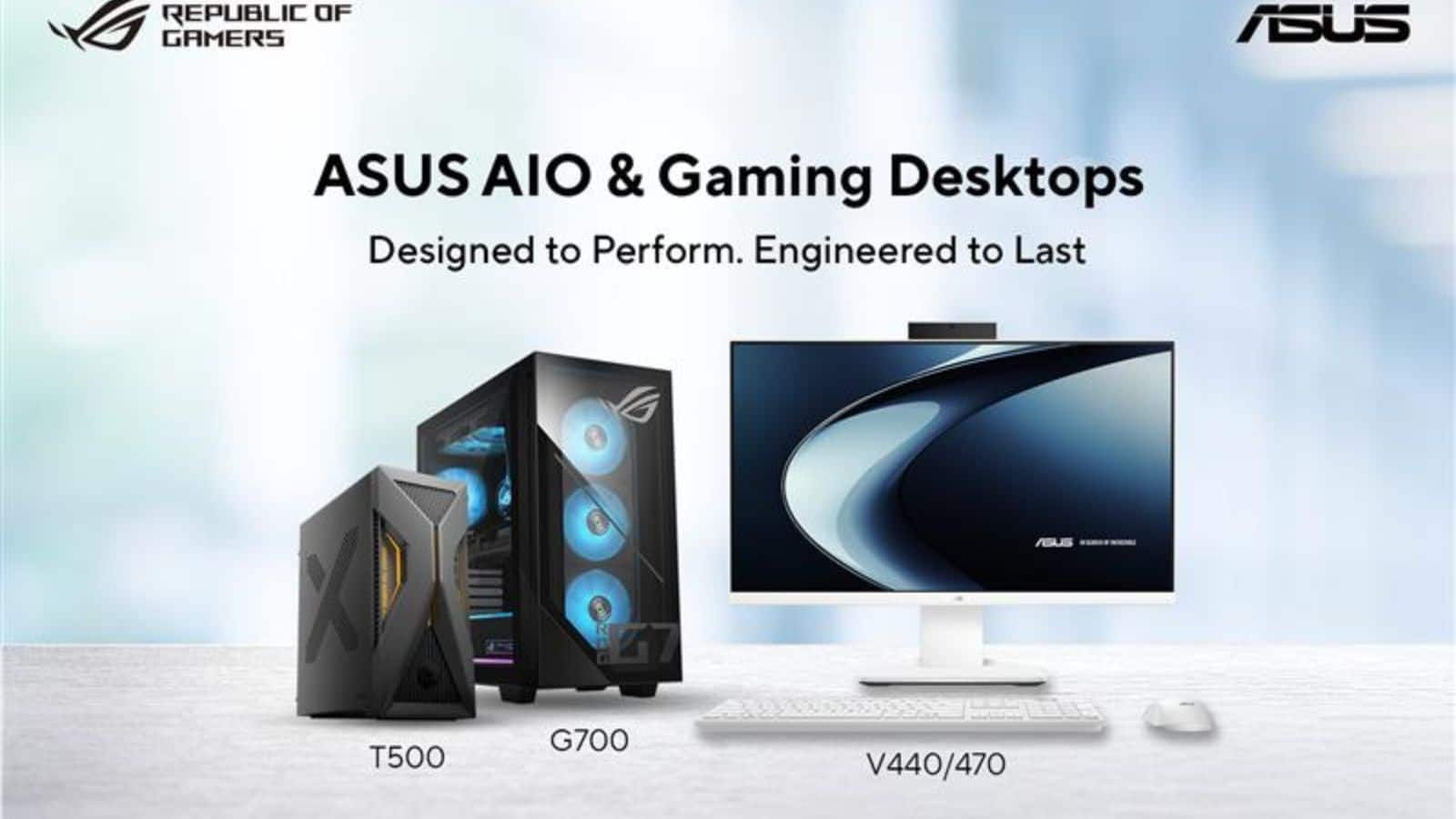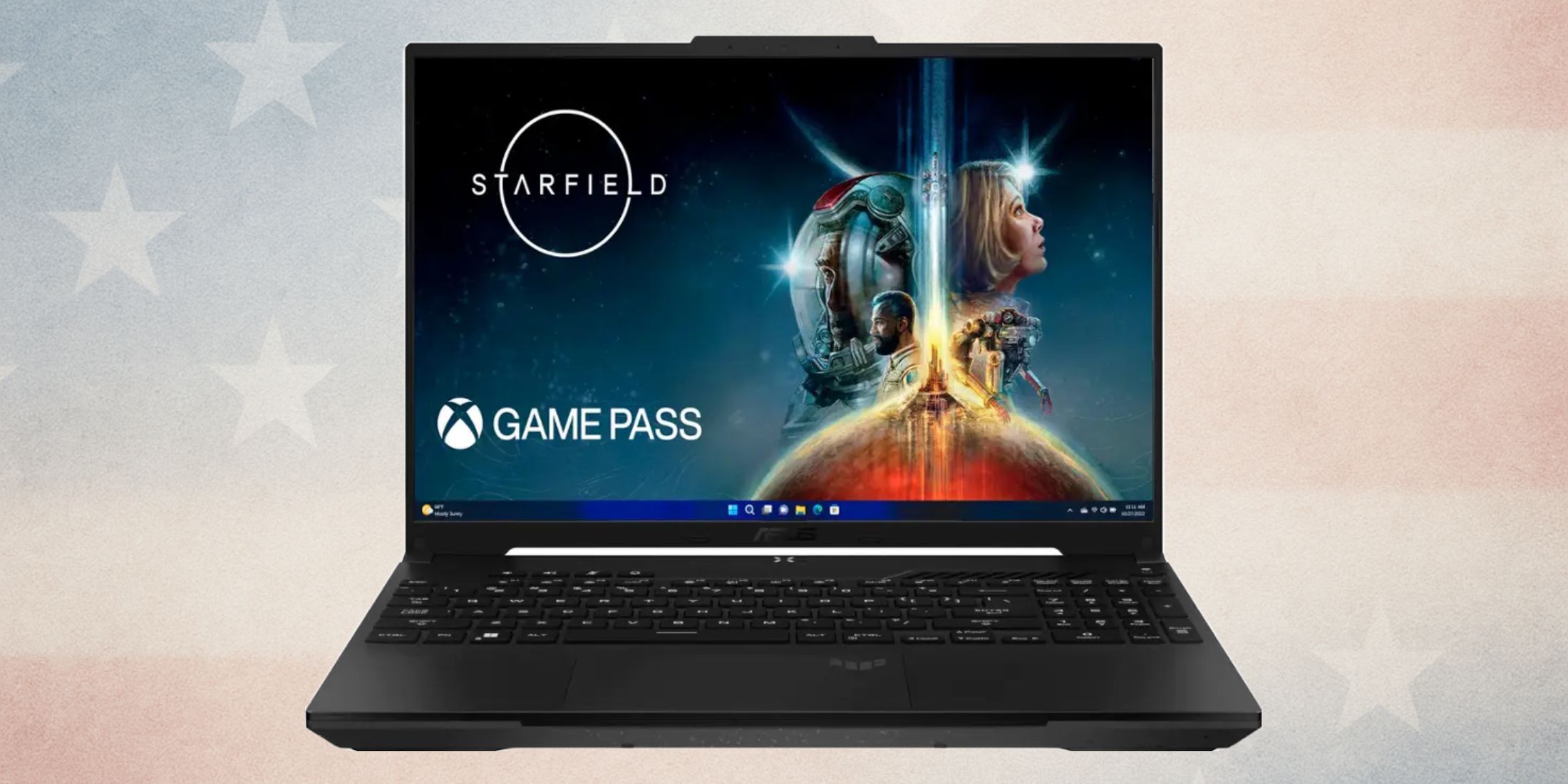Report: Microsoft Gives Windows-Based Gaming Handhelds the Priority Over its Own Xbox Model

Microsoft has reportedly deprioritized work on its own Xbox handheld to focus on improving Windows 11 for third-party gaming handhelds. According to Windows Central’s Jez Corden, Microsoft’s first Xbox handheld, which was expected to launch around 2027 in time for the next generation of Xbox consoles, could now be delayed as a result of this recent change of plans.
“Microsoft still wants to build its own Xbox handheld in the future, but Microsoft has decided to prioritize its teams to improve Windows 11 gaming performance, specifically for devices like the ASUS partner device “Project Kennan”,” Corden wrote yesterday. “Our sources have indicated to us that Microsoft is still deeply investing in developing its own Xbox gaming handheld technology in the future, but it was announced internally today that the priorities are moving more deeply towards third-party OEM handhelds in the interim.”
Sign up for our new free newsletter to get three time-saving tips each Friday — and get free copies of Paul Thurrott's Windows 11 and Windows 10 Field Guides (normally $9.99) as a special welcome gift!
"*" indicates required fields
Corden believes that Microsoft’s plan with its Xbox handheld is to create a device capable of running all Xbox games, not PC games like existing Windows-based gaming handhelds. Project Kennan, the Xbox-branded gaming handheld from Asus that is expected to be officially announced later this year, will also run Windows 11 and be limited to PC games.
Microsoft’s recent handheld strategy change could be related to Valve’s SteamOS threatening Windows-based gaming handhelds. Unlike Microsoft with Windows 11, Valve offers the Linux-based SteamOS free of charge to hardware manufacturers. Moreover, a recent video from YouTuber Dave2D revealed that SteamOS offers better performance and battery life than Windows 11 on the Lenovo Legion Go S.
When you take into account that SteamOS is also much easier to use than Windows 11 on these form factors, Microsoft should indeed be worried. Steam OS is currently only supported on Valve’s Steam Deck and the Lenovo Legion Go S, but Valve is working on expanding support for other gaming handhelds. And while SteamOS provides seamless access to Steam games, players can go to desktop mode and install other game launchers. Nvidia’s GeForce Now cloud gaming service is now available on SteamOS as well.
Earlier this year, Jason Ronald, Microsoft’s new VP of Next Generation, teased that Microsoft was working on bringing a seamless Xbox-like experience on PCs. “The reality is the Xbox operating system is built on top of Windows. So there’s a lot of infrastructure that we built in the console space that we can bring to the PC space and really deliver that premium gaming experience on any device.”
It’s still not exactly clear how Microsoft can make Windows 11 competitive with SteamOS on gaming handhelds, however. SteamOS delivers a console-like experience without all the complexity tied to managing Windows, drivers, and app updates on PCs. Valve is also rumored to be optimizing Steam OS for console-like devices for the living room, which could also threaten traditional consoles from Xbox and PlayStation.












